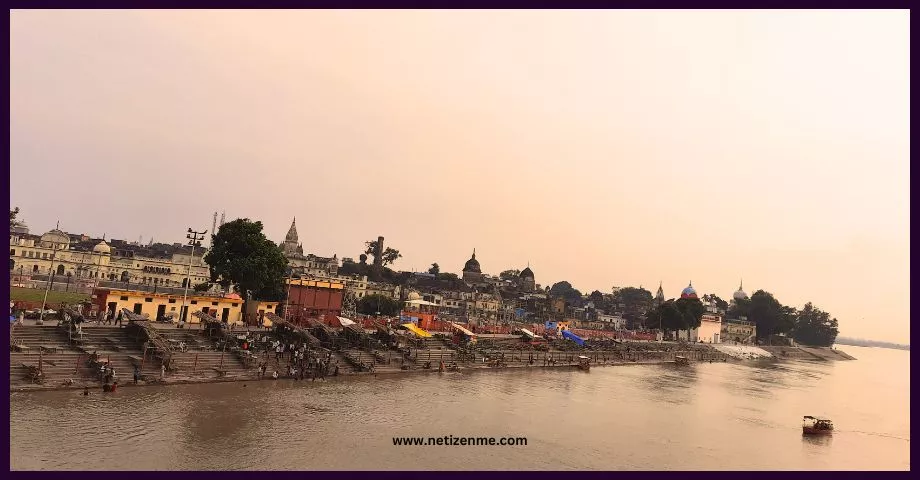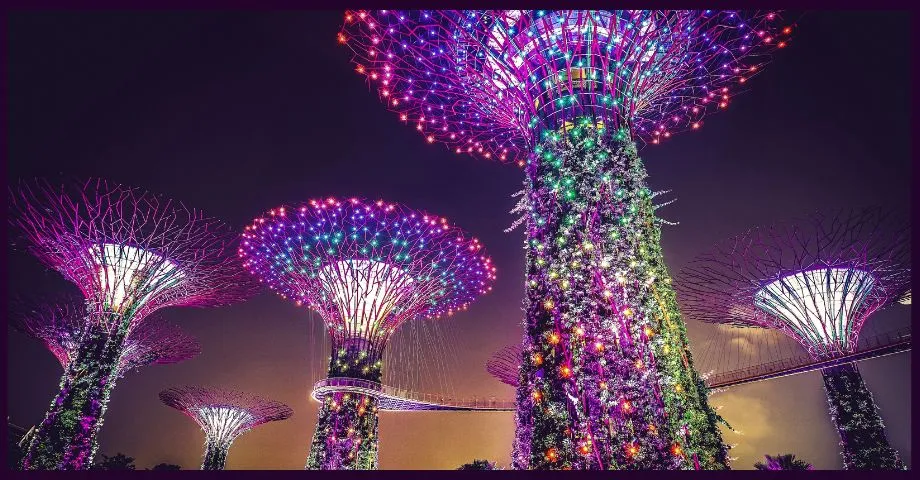Embark with me on a spiritual exploration of the sacred city of Ayodhya, India. In March 2023, I explored Ayodhya’s sacred sites, delving into its rich history, discovering spiritual sanctuaries, and unravelling the cultural tapestry that defines this ancient city.
Exploring Ayodhya: A Sojourn Through Sacred Sites
Ayodhya, a city steeped in antiquity and spiritual resonance, holds a significant place in the heart of India. In the northern state of Uttar Pradesh, Ayodhya is more than just a geographical location; it is a revered pilgrimage site for millions. Its profound significance lies in being the birthplace of Lord Rama, a central figure in the Hindu epic, Ramayana. Ayodhya has been the cradle of ancient Indian civilization, boasting a rich historical tapestry interwoven with mythology and cultural heritage. Pilgrims and travellers alike are drawn to Ayodhya to explore its sacred sites, immerse themselves in its spiritual ambience, and witness the enduring legacy of a city that resonates with the echoes of time.
History Unveiled: Ayodhya’s Ancient Charm
As I stepped into Ayodhya, I couldn’t help but feel the weight of history surrounding me. Originally known as Kaushal Desh, this city’s roots stretch deep into antiquity. It’s the birthplace of the mythical epic Ramayana, a testament to its prominence in Hindu mythology. Ayodhya, crafted by the hands of Manu, stands as a city of temples, bearing witness to the confluence of Hindu, Muslim, Jain, and Buddhist influences.
The Divine Trail: 10 Sacred Sites in Ayodhya
Embarking on a journey through Ayodhya’s spiritual landscape, I encountered ten captivating attractions that painted my experience in hues of religiosity. Each site unfolded a unique chapter in Ayodhya’s narrative.
Kanak Bhawan
Nestled in the heart of Ayodhya, Kanak Bhawan lives up to its name, the “House of Gold.” The idol of Lord Rama and Sita, adorned with golden crowns, radiates artistic brilliance. The temple offers a visual feast and enthrals visitors with enchanting musical performances, creating an atmosphere of divine serenity.
Hanuman Garhi
Climbing 76 steps to reach the Hanuman Garhi temple, I marvelled at the panoramic view of the surrounding mountains. Built by the Nawab of Awadh, this temple houses a 6-inch idol of Lord Rama and an idol of Hanuman with his mother. Devotees flock here to seek blessings and find solace in the breathtaking scenery.
Rose Garden
Adjacent to the tomb of Nawab Shuja-u-Daula, the Rose Garden captivated my senses with its myriad hues and intoxicating fragrance. As fountain droplets adorned blossoming roses, a picturesque sight unfolded. This garden, a testament to Ayodhya’s cultural blend, offers a peaceful retreat.
Thakur of Treta
The site where Lord Rama performed Ashwagandha Yagya, Thakur of Treta, boasts idols of Rama, Sita, Lakshmana, Bharata, Shatrughan, and more. The temple preserves original idols crafted from a single black stone, showcasing exceptional artistry.
Sita’s Kitchen
Positioned near Ram Janmasthan, Sita’s Kitchen has transformed into a temple. Devotees can witness idols of Lord Rama, his brothers, and their wives, each telling a tale of familial devotion. It’s a testament to Sita’s role as Annapurna, the goddess of food.
Tulsi Memorial Building Museum
Inspired by Goswami Tulsi Das, this museum offers a literary journey through Ayodhya’s history. A haven for literature enthusiasts, the museum’s library unravels the city’s cultural, spiritual, and literary evolution.
Tomb of Bahu Begum
Referred to as the “Taj Mahal of the East,” this mausoleum stands tall as a tribute to Unmatuzzaura Banu. Built-in Awadhi architecture houses the queen’s tomb, echoing the historical grandeur akin to the Taj Mahal.
Ramkatha Park
Spanning a significant area, Ramkatha Park hosts cultural and religious programs, immersing visitors in spiritual experiences. It provides a platform for domestic and foreign performers to showcase their talents. The park becomes a vibrant canvas of devotion and entertainment.
Moti Mahal
Resonating with Mughal architecture and Nawabi culture, Moti Mahal stands as Begum Unmatuzzaura’s residence. Tourists, including Indian and international visitors, flock to witness its intricate artistic style.
Raja Mandir
Beyond the Sarayun River, Raja Mandir showcases beautiful statues of numerous gods and goddesses. With its divine ambience and picturesque riverbanks, the temple offers a serene space for reflection and devotion.
Ayodhya Sacred Sites
As I concluded my sojourn through Ayodhya’s sacred sites, I couldn’t help but be moved by the seamless fusion of history, spirituality, and natural beauty. Each attraction, from ancient temples to blooming rose gardens, contributed to the city’s allure. With its timeless charm, Ayodhya remains a testament to India’s diverse cultural legacy—where myths come alive and history whispers through the sacred winds.
This article is written by:
Chenayah enjoys exploring and writing about her passions, including languages and travel. She leverages her diverse educational background in Business, Psychology, and Linguistics to enrich her writing endeavors.





